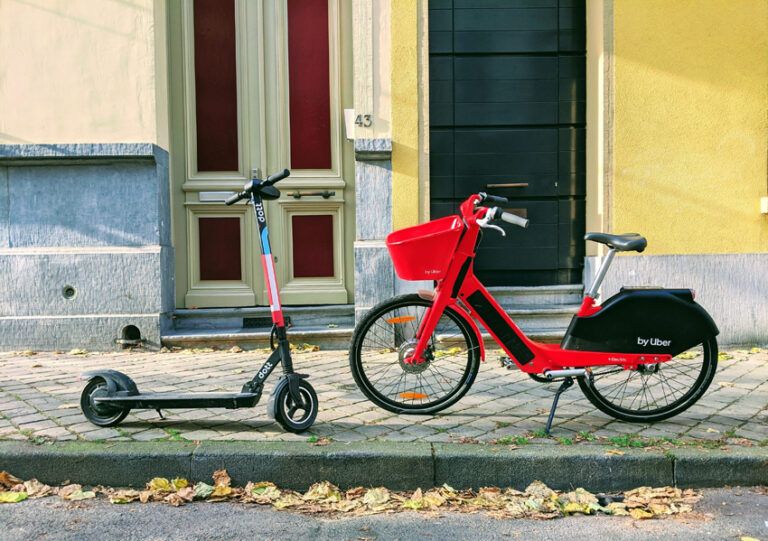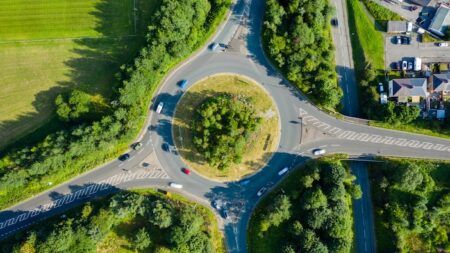A new study, commissioned as part of the Mobility and Fuel strategy (MFS) of the German Federal Ministry of Transport and Digital Infrastructure, shows that the efficiency and environmental benefits of micromobility and other new mobility services, will only be fully realised if they are integrated into existing public transit offerings.
The study, which was managed by PTV, examined how new mobility services will develop in interplay with conventional modes of transport in the future (by 2030 or 2050) and what impact this will have on transport and the environment. First, the scientists created an extensive market overview of current mobility offerings and the demand for these. They analyzed which various factors influence people to change their mobility behavior.
Using these analyses, the researchers formulated two possible future scenarios. In Scenario A, the “Cautious mobility change,” it was assumed that on-demand services will be legally facilitated, but that transport policy and behaviour will change only moderately in the coming years. In Scenario B, an “Extensive mobility change” was assumed – that is, there will be a holistic, intermodal and thus long-lasting transport policy with targeted promotion of public transport, as well as bicycle and pedestrian traffic. Since the conditions and demand structure differ sharply between urban and rural areas, they examined a total of four different areas: From the big city to urban and rural areas, on through to sparsely populated rural areas.
To validate future solutions, the research team then simulated various scenarios with PTV software. How efficient are ride hailing (commercial trips with private cars) and on-demand services in the different areas? How does mileage, that is, the total number of miles covered by all means of transport, change? How does the utilization of vehicles shift?
The key findings of the study
To compare the results, the MFS reference scenario was used, which includes all transport-related measures set in motion by the German federal government before 2017.
- In Scenario A, “Cautious mobility change,” new mobility offerings accounted for 5% of transport service in 2030; in Scenarios B, “Extensive mobility change,” the figure was 11%.
- By 2050, the share increases further; in Scenario A to approx. 9% and in Scenario B to nearly 17%.
- In Scenario B, the share of private vehicle usage in the urban environment continues to decrease, by nearly 14% by 2030.
- In Scenario A, the mileage; that is, the total number of miles traveled with all means of transport; increases by 1.2% by 2030.
- In Scenario B, the mileage decreases by 8% by 2030.
- CO2 emissions decrease in both scenarios by 2030. In Scenario A by 1.8%, in Scenario B by 13%.
“Our evaluations clearly show that mobility concepts must be considered as a whole in order to achieve significant climate and environmental effects. New and enhanced mobility services initially create new options, which means that they increase the mobility of the population overall,” explains Rimbert Schürmann, director of the study at PTV Transport Consult. “Despite the additional traffic this causes, new mobility offerings can make a contribution to reducing greenhouse gas emissions. The best effects occur if more than just the new mobility services are promoted. At the same time, conventional, non-motorized and public transport must be improved and linked to the new mobility offerings, and private vehicles must become less attractive.”
From their analysis, the research team derived concrete recommendations for action in order to encourage new mobility offerings as part of integrated mobility concepts.





